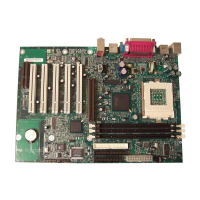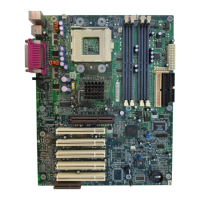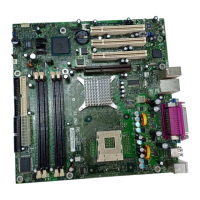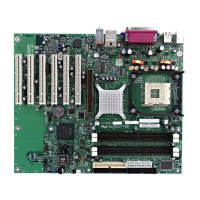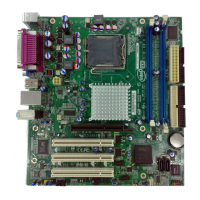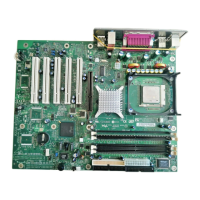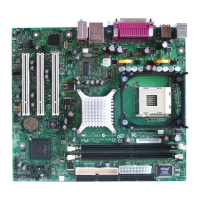Intel
®
Desktop Board D815EEA Technical Product Specification
42
1.13.1.2.2 Wake Up Devices and Events
Table 10 lists the devices or specific events that can wake the computer from specific states.
Table 10. Wake Up Devices and Events
These devices/events can wake up the computer… …from this state
Power switch S1, S3, S5
RTC alarm S1, S3, S5
LAN S1, S3, S5 (Note)
PME# S1, S3, S5 (Note)
Modem (back panel Serial Port A) S1, S3
IR command S1, S3
USB S1, S3
PS/2 keyboard S1, S3
Note: For LAN and PME#, S5 is disabled by default in the BIOS Setup program. Setting this option to Power On will
enable a wake-up event from LAN in the S5 state.
✏
NOTE
The use of these wake up events from an ACPI state requires an operating system that provides full
ACPI support. In addition, software, drivers, and peripherals must fully support ACPI wake
events.
1.13.1.2.3 Plug and Play
In addition to power management, ACPI provides controls and information so that the operating
system can facilitate Plug and Play device enumeration and configuration. ACPI is used only to
enumerate and configure D815EEA board devices that do not have other hardware standards for
enumeration and configuration. PCI devices on the D815EEA board, for example, are not
enumerated by ACPI.
1.13.2 Hardware Support
CAUTION
If the Wake on LAN and Instantly Available technology features are used, ensure that the power
supply provides adequate +5 V standby current. Failure to do so can damage the power supply.
The total amount of standby current required depends on the wake devices supported and
manufacturing options. Refer to Section 2.11.3 on page 78 for additional information.
The board provides several hardware features that support power management, including:
• Power connector
• Fan connectors
• Wake on LAN technology
• Instantly Available technology
• Resume on Ring
• Wake from USB
• Wake from PS/2 keyboard
• PME# wakeup support
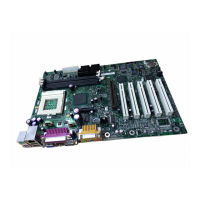
